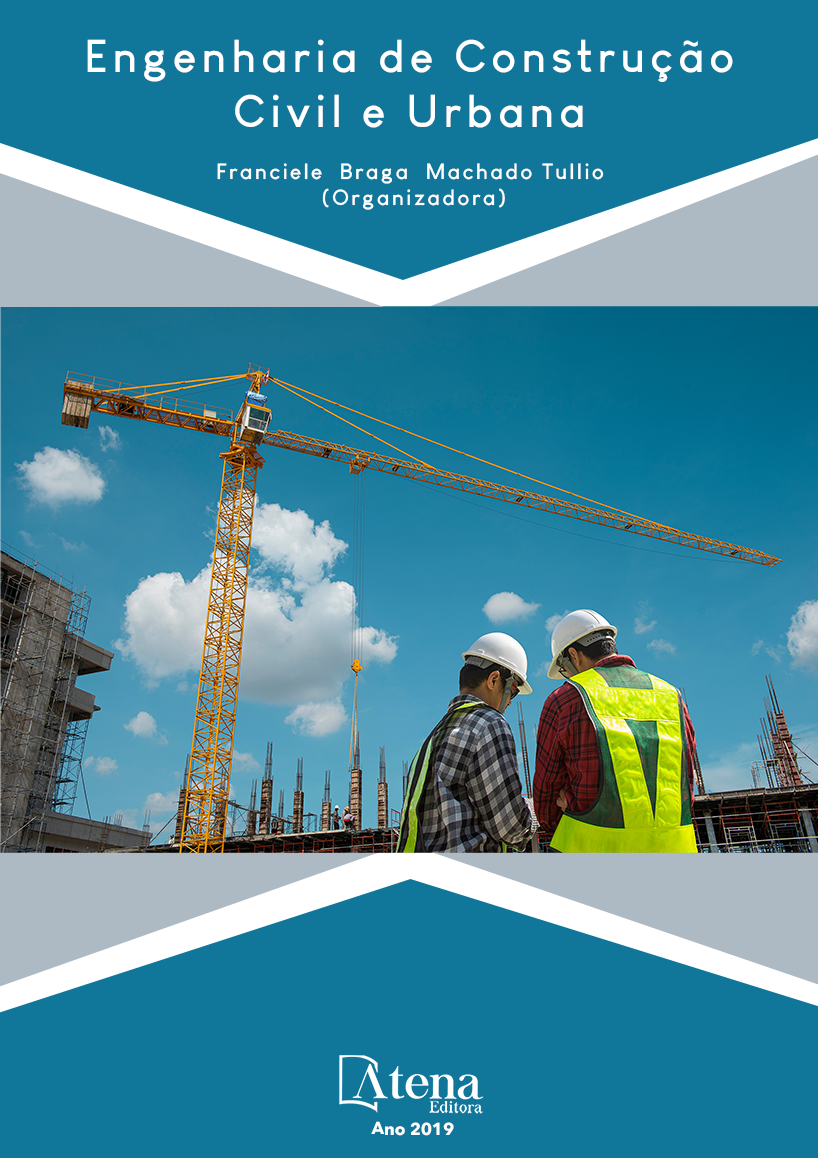
ESTUDO COMPARATIVO DA ASSOCIAÇÃO DE MEMBROS DE TRELIÇAS ISOSTÁTICAS
Este trabalho tem como objetivo realizar um estudo comparativo do comportamento estrutural de treliças planas, cujas associações escolhidas para análise foram a Howe, Pratt, Belga e Warren. Para a determinação dos esforços, utilizou-se a ferramenta computacional Ftool v3.01. O estudo foi dividido em três etapas: Na Primeira Etapa realizou-se uma comparação dos comportamentos dos 4 tipos de associação estudados para um vão livre fixo com variação da altura. Na Segunda Etapa, realizou-se a análise de parâmetros para que os deslocamentos sofridos em uma viga fossem equivalentes aos de uma treliça tipo Warren. Na Etapa Final, estudou-se o esforço interno de momento fletor, comparando entre treliça e viga. Concluiu-se que o modelo de treliça que apresentou um melhor comportamento foi a treliça tipo Warren, Cuja associação apresentou uma rigidez mais elevada em comparação as demais associações estudadas e uma faixa de variação de normais solicitantes inferior às demais. Ainda com a Segunda Etapa, percebeu-se que as treliças necessitam de seções transversais mais leves em comparação com as necessárias por uma viga para obter os mesmos resultados, tornando o uso das treliças mais viáveis por acarretarem economia de material.
ESTUDO COMPARATIVO DA ASSOCIAÇÃO DE MEMBROS DE TRELIÇAS ISOSTÁTICAS
-
Palavras-chave: Comportamento estrutural; Esforços internos; Treliças.
-
Keywords: Structural behavior; Internal efforts; Trusses.
-
Abstract:
This paper aims to carry out a comparative study of the structural behavior of flat trusses, whose associations chosen for analysis were Howe, Pratt, Belgian and Warren. In order to determinate the efforts, the software Ftool v3.01 was used. The study was divided into two analyzes: the first analysis, it was realized the comparison of the behaviors of 4 types of association for a free span of 10m and heights of varying from 2 to 10m. And the second, it was realized the analysis of parameters necessary in order that displacements occurred in a beam were equal to a truss Warren. Finally, it was determined the maximum bending moment of the girder and Warren. It was concluded that the truss model which present better structural behavior showed better behavior was the truss type Warren, for possessing higher mechanical strength, presenting a rules variation range requesters lower than others. From the results of analysis II, the trusses required smaller section area required to get the same results required material saving, confirming the fundamental importance of the study of associations for a better and effective choice at the time of its implementation.
-
Número de páginas: 15
- FRANCISCA IRES VIEIRA DE MELO
- Leonardo Henrique Borges de Oliveira
- Layane Silva de Amorim
- Lourena Barbosa Cavalcante Paiva
- Sara Fernandes Rocha
- Ires Vieira


